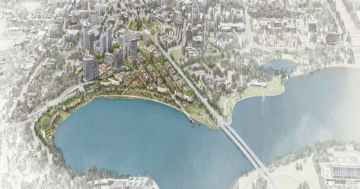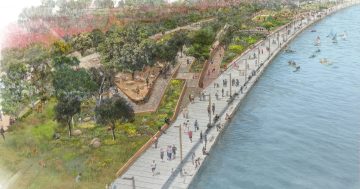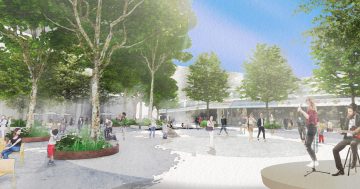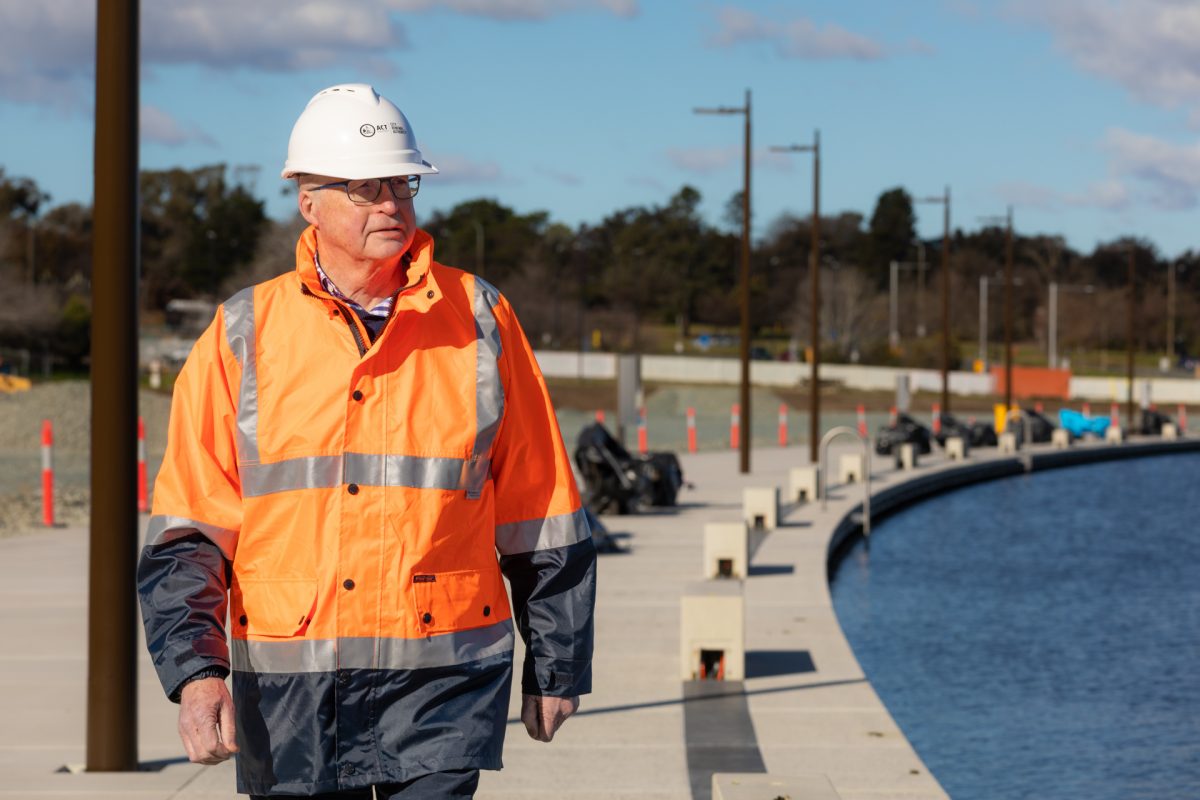
City Renewal Authority CEO Malcolm Snow at Acton Waterfront: the CRA had to drive a transformative agenda for the city. Photo: Michele Kroll.
Malcolm Snow is used to criticism. In Canberra, it comes with the territory if you are working in the planning area.
But some of it still stings.
“I’ve certainly had lots of rocks thrown at me, a lot of personal accusations, journalists who would like to draw conclusions about where I’ve worked and what I do which are completely erroneous and frankly quite mischievous,” Mr Snow told Region on the day he announced he would retire from leading the City Renewal Authority in June.
“But none of that concerns me because I’m confident that what we’re trying to do as an agency, and certainly my personal and professional approach, has been to be quite transparent about our reasons for doing things.
“It is not motivated by a separate agenda.”
Mr Snow, first as CEO of the National Capital Authority and for the past six years as the inaugural CEO of the CRA, has drawn plenty of flack from sections of the community uneasy with change and some of the projects that he would describe as city changing.
The one that stands out for him as both a challenge and a highlight is the “slightly fraught” Acton Waterfront project, which is now at a stage that he feels confident he can pass on to his successor.
Mr Snow believed he had been able to help the wider community understand what this opportunity was for the city by “taking that more expansive view rather than the more self-interested view that we often do find in cities where the single issue drives the outcome for the majority”.
All views needed to be heard, but ultimately, the CRA had to drive a transformative agenda for the city, Mr Snow said.
He noted that cities were never finished, but they needed to have a strong ambition about what they could be.
“All of that potential is still to be realised in Canberra,” he said.
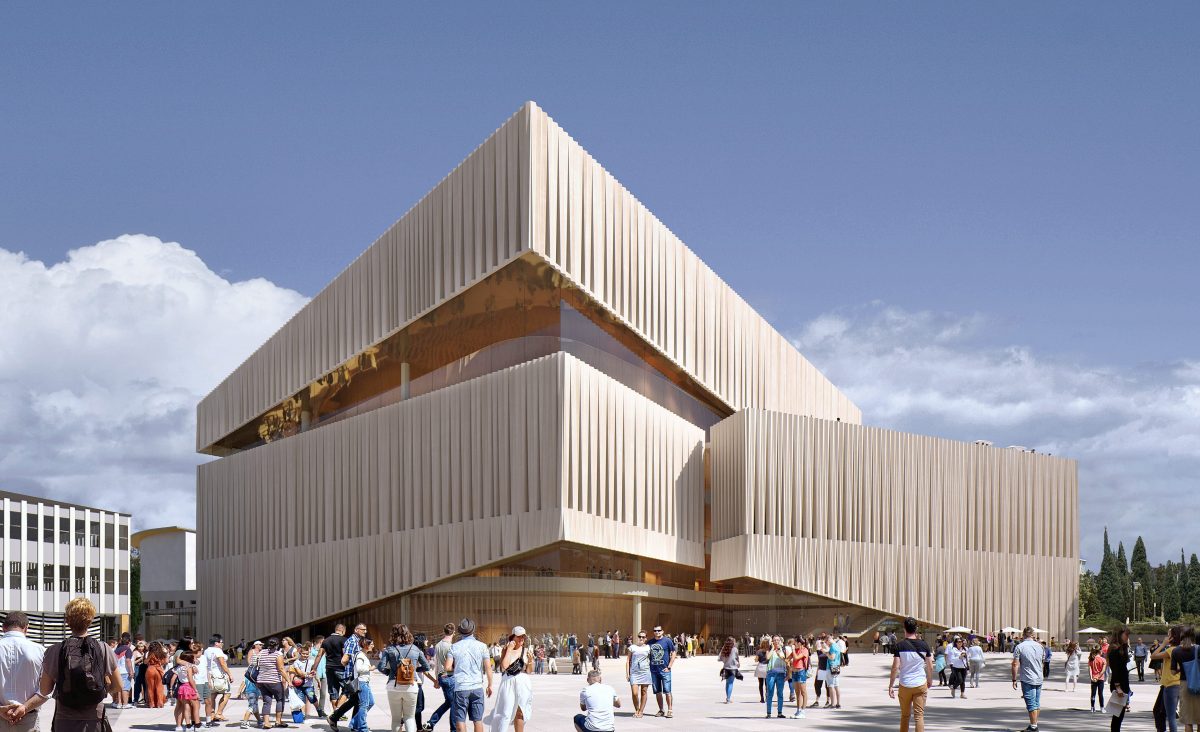
An early concept of the Canberra Theatre Centre redevelopment. Mr Snow says the project offers multiple benefits to the city. Image: ACT Government.
The other project he now feels ready to pass on is the Canberra Theatre redevelopment, which will be the centrepiece of the Canberra Civic and Cultural District.
Mr Snow said these were both at a point where there could be an easy baton change to someone else to drive them.
He acknowledged there had been critics of the slow pace of the theatre project but praised the government for recognising that cultural infrastructure was important to a successful city.
The CRA was about to release a concept document on the theatre project that Mr Snow said would show how ambitious it was and the opportunity it presented to the cultural and economic life of the city.
“If we think about the wider opportunities and the way the theatre can contribute to the economy of the city, as a new public building for the rest of the district, the role of Civic Square in supporting that visitation – there are just so many things that can flow out of the bigger picture view,” he said.
“Typically, in many cities, these sorts of projects are considered in isolation from both their physical and economic context.”
For some, the government’s focus on the city centre has come at the expense of other areas, but Mr Snow is unapologetic, saying that it needed to recover from years of disinvestment.
He said light rail would support the changes happening around City Hill and the western side of the city, while the conversion of the cloverleaves on Commonwealth Avenue was all part of the big plan to connect the city centre to the Lake, “transforming what were clearly mistakes by traffic engineers that placed cars ahead of people”.
“It’s a great example of how good urbanism is actually going to help to realise the opportunity the Griffins might have imagined for the city,” Mr Snow said.
“We’ve got this incredible setting, a really strong idea behind it, the Griffin plan, but we can express that in a 21st century way that actually realises the aspirations of what I’d call the contemporary city – one that welcomes everyone, has that diversity, and one which is still extremely well planned and designed.”
But it will take some bold thinking and challenging ideas that not everyone necessarily will agree with.
Mr Snow said the CRA’s ongoing challenge was to be influential while winning a broad spectrum of support for its work.
He was confident that if time were taken to explain the long-term vision, more people would subscribe to it.
Leaving the CRA did not mean a complete retreat from public life for Mr Snow, who would like to contribute to the not-for-profit sector and still ventilate ideas on Canberra’s future after a re-energising break.
CRA Chair Christine Covington said Mr Snow’s leadership had been pivotal in shaping Canberra’s City Centre into a dynamic and inclusive urban precinct.
“His commitment to increasing the visibility of Ngunnawal culture, prioritising people-focused design, and promoting active transport will have a lasting impact on Canberra’s community,” she said.
“Malcolm’s vision and leadership have brought national recognition to the City Renewal Authority through transformative projects like Haig Park’s renewal, the development of Acton Waterfront, Henry Rolland Park and the greening of City Walk.”
Chief Minister Andrew Barr said Mr Snow’s focus on sustainable, community-centred urban design and development had enhanced the liveability of the city for future generations.
“The creation of a new neighbourhood and destination public park at Acton Waterfront will build on his legacy,” he said.
The Authority will now commence the recruitment of a new CEO to lead the organisation.












